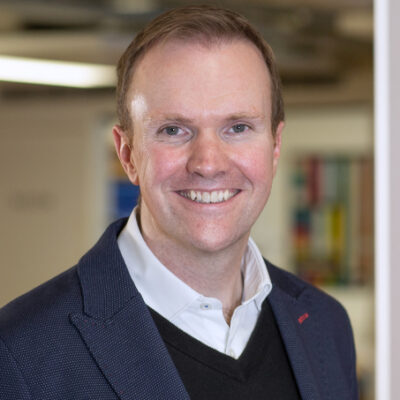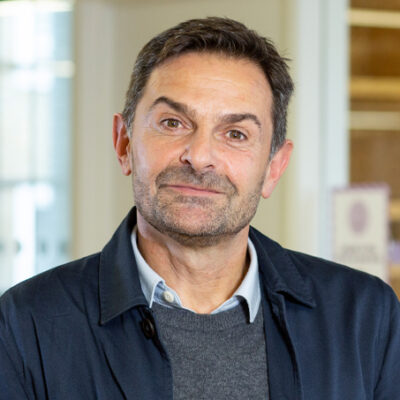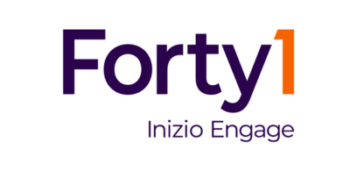We’re always changing, so why is it so hard?
We change our hairstyle and feel more confident, we change from Doritos to carrots and feel healthier, we change from couch sitters to Peloton devotees and feel stronger, we change from observers to participants and feel empowered.
Think about it. Your 35-year-old self is likely different from your 17-year-old self. You may be different now than you were before the pandemic. Heck, you may have evolved in some way since yesterday.
The point is that as humans, we are always changing. You would think we’d be good at it by now. So why is change so hard?
When we dig into the study of change and human behavior, we find that change is highly complex. The “carrots instead of Doritos” analogy is much too simple and doesn’t account for the multiple nuances that make up each of us.
It’s this complexity that behavioral science helps us unravel. When we know why people think, feel and behave the way they do, we can better understand, predict and even shape behavior. Behavioral science has identified why it may feel more natural to say no to change. There’s the status quo bias of “we’ve always done it this way” and the endowment effect—the tendency to over-value what we already have—and of course, just plain habit of doing things without much thought.
Fortunately, behavioral science has also identified why people say yes to change and offers insights on how to guide them there. Taking a cue from a well-researched behavior model[i], the behavioral science and change experts at Forty1 developed an approach to help organizations bring about successful change with lasting impact. Our method defines, measures and influences four key components in change.
1. Stages of change
The path to change happens over time and in stages. We’ve identified seven stages that take people from “I don’t know anything about it” to “I do this new behavior without even thinking about it.”
2. Thoughts and feelings
We listen to what people think and feel about a change so we know where the struggles and successes may lie. Successful change comes from people who feel change is happening with them, not to them.
3. Barriers
It’s natural that barriers to change will pop up along the way. Cognitive barriers such as lack of motivation and perceived control stem from our mindsets, while physical barriers, such as costs and lack of tools, arise from the context of the change. Anticipating and identifying the impact of barriers means we can design effective interventions to help people conquer them.
4. Triggers
The opposite of barriers, triggers are the mechanisms that enable people to move from one stage of change to the next. Sparking these stage-specific triggers with creative communications and engagement strategies encourages successful and lasting change.
Next Article
 Richard Burton
Richard Burton
Navigating the Future of Work
In a rapidly evolving world, the future of work is a topic that constantly captures the attention of leaders,...
Read more Jason Frank
Jason Frank
Heart & Science – A recipe for better employee engagement results
Together on the Employee Engagement Summit main stage, senior Forty1 consultants Liz Bryant, Jason Frank and...
Read more‘Morphex’ applies innovative Behavioural Algorithm to transform the way people experience business change
Forty1’s new behavioural science-based diagnostic tool generates personalised data-driven insights to help leaders...
Read more